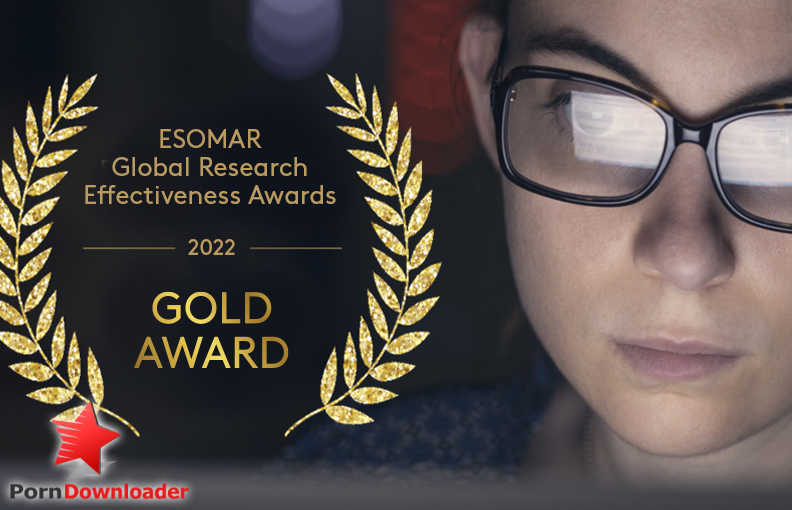The Role of Social Media in Shaping Perceptions of Pornography
In today’s digital age, social media platforms have become a significant part of our lives. With billions of people using platforms like Facebook, Instagram, Twitter, and TikTok, these platforms have not only changed the way we connect and communicate but also play a role in shaping our perceptions on various subjects, including pornography. This article will explore the role of social media in shaping perceptions of pornography, discussing how it influences our thoughts, attitudes, and behaviors in relation to this controversial topic.
The Power of Social Media
Social media platforms offer a powerful tool for individuals, groups, and organizations to express their ideas, share information, and engage with others, leading to the potential influence they hold in shaping perceptions and attitudes. When it comes to pornography, social media can provide a medium for the dissemination of various types of content, opinions, and discussions, ultimately leading to the shaping of perceptions through exposure and interaction.
Perception of Normalcy
One significant way social media shapes perceptions of pornography is by influencing our perception of normalcy. As we are exposed to diverse content and discussions about pornography on social media, we may develop a sense of what is considered normal or acceptable in relation to sexual content. Through exposure to different perspectives, we may begin to question our own views and adjust our perception of what is considered “normal” in relation to pornography.
Impact on Attitudes and Behaviors
Social media also has the potential to influence our attitudes and behaviors towards pornography. Research suggests that exposure to sexual content on social media platforms can play a role in shaping sexual attitudes, such as attitudes towards consent, objectification, and exploitation. Additionally, social media can also shape behaviors by providing access to various types of pornographic content and fostering a sense of anonymity, potentially impacting the frequency and types of pornography consumed.
The Role of Influencers and Content Creators
Influencers and content creators on social media platforms have a significant role in shaping perceptions of pornography. Many influencers, particularly in the adult entertainment industry, utilize social media to promote their content, engage with their audience, and shape the perception of pornographic materials. Their influence extends beyond the content they create, as they can also contribute to discussions about pornography, consent, and sexual health, thereby shaping public opinion and perceptions.
Alternative Narratives and Diverse Perspectives
One positive aspect of social media in shaping perceptions of pornography is the ability to provide alternative narratives and diverse perspectives. Through platforms like Twitter and YouTube, individuals and organizations can challenge traditional narratives and shed light on the diversity within the adult entertainment industry. This exposure to alternative narratives can broaden our understanding of pornography and challenge stigmatization and stereotypes associated with it.
Education and Information Exchange
Social media can also serve as a platform for education and information exchange in relation to pornography. Many organizations and activists utilize social media to provide resources, share research, and engage in discussions about the impact of pornography on individuals, relationships, and society. By providing accurate information and fostering dialogue, social media can help shape perceptions by allowing individuals to make informed decisions and form educated opinions.
The Influence of Algorithms and Echo Chambers
While social media has the potential to shape perceptions of pornography in diverse and constructive ways, it is essential to consider the influence of algorithms and echo chambers. Algorithms employed by social media platforms determine the content users are exposed to based on their previous behaviors and preferences. This algorithmic filtering can create echo chambers where users are only exposed to content that aligns with their existing beliefs and preferences, potentially reinforcing certain perceptions and limiting exposure to alternative viewpoints.
Evaluating Reliability and Validity
Echo chambers and algorithmic filtering can pose challenges when it comes to evaluating the reliability and validity of information related to pornography on social media. Due to the nature of these platforms, it is crucial for users to critically evaluate the sources of information and seek out diverse perspectives. Engaging in open discussions and seeking reputable sources can help combat the potential biases and misinformation that may exist within echo chambers.
Engaging in Constructive Dialogue
To mitigate the potential negative impacts of echo chambers, it is important for individuals to engage in constructive dialogue with others who may have different views on pornography. By fostering respectful discussions, individuals can challenge their own beliefs and opinions and gain a broader understanding of the complexities surrounding pornography. This engagement promotes critical thinking and the formation of well-rounded perceptions.
Conclusion
Social media platforms play a significant role in shaping perceptions of pornography. Through exposure to diverse content, alternative narratives, and discussions, individuals’ perceptions, attitudes, and behaviors regarding pornography are influenced. However, it is essential to consider the potential influence of algorithms and echo chambers, which can limit exposure to diverse perspectives. By critically evaluating information, engaging in constructive dialogue, and seeking reputable sources, individuals can form well-rounded perceptions that are less susceptible to biases and misinformation.
Frequently Asked Questions (FAQs)
1. How does social media influence our perceptions of pornography?
Social media influences our perceptions of pornography through exposure to diverse content, discussions, and alternative narratives, ultimately shaping our understanding and attitudes towards this subject.
2. Can social media impact our behaviors regarding pornography?
Yes, exposure to sexual content on social media can shape behaviors related to pornography consumption, such as the types of content consumed and the frequency of consumption.
3. What role do influencers and content creators play in shaping perceptions of pornography?
Influencers and content creators on social media platforms can shape perceptions of pornography by creating and promoting content, engaging in discussions, and challenging stereotypes associated with the adult entertainment industry.
4. How can social media serve as a platform for education on pornography?
Social media provides a space for organizations and activists to share educational resources, research, and engage in discussions about the impact of pornography on individuals and society, contributing to the formation of informed opinions.
5. What challenges arise from algorithmic filtering and echo chambers in relation to pornography?
Algorithmic filtering and echo chambers can limit exposure to diverse perspectives, reinforcing existing beliefs and potentially leading to biases and misinformation. It is important to critically evaluate information and seek alternative viewpoints.
6. How can individuals combat the limitations of echo chambers and algorithmic filtering?
By engaging in constructive dialogue, seeking reputable sources, and actively seeking out diverse perspectives, individuals can mitigate the negative impacts of echo chambers and algorithmic filtering, ensuring a well-rounded and informed perception of pornography.
7. Does social media contribute to a normalization of pornography?
Social media’s influence on shaping perceptions of normalcy can contribute to a sense of normalization regarding pornography. Exposure to diverse content and discussions challenges our preconceived notions and may redefine what is considered “normal” in relation to explicit material.
8. How can social media platforms regulate content related to pornography?
Social media platforms employ content regulations and guidelines to govern the sharing and dissemination of explicit content. These regulations aim to strike a balance between freedom of expression and preventing the circulation of harmful or non-consensual pornographic material.
9. Can social media discussions about pornography lead to a broader understanding of the topic?
Yes, social media discussions about pornography can facilitate a broader understanding by exposing individuals to diverse perspectives, challenging existing beliefs, and creating space for dialogue and information exchange.
10. Is it possible to form unbiased perceptions of pornography through social media?
While social media can present challenges in forming unbiased perceptions due to algorithmic filtering and echo chambers, individuals can actively seek out diverse perspectives, critically evaluate information, and engage in respectful dialogue to attain a more well-rounded understanding of pornography.


